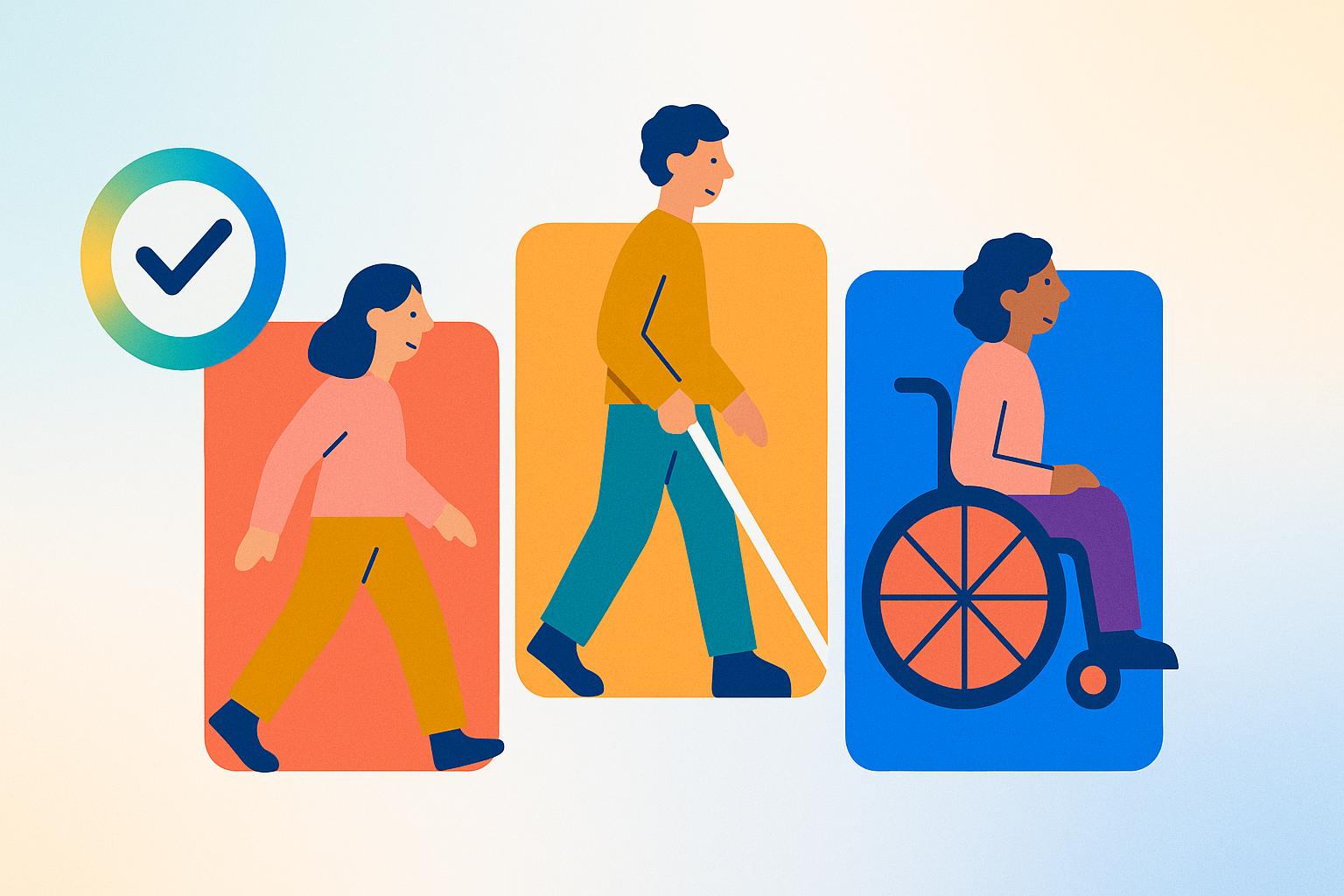


A Color Coded System, also known as color coding or color labeling, is an accessibility accommodation designed to organize information using distinct colors to improve clarity and comprehension. This system helps individuals with cognitive disabilities, learning differences, or attention challenges by visually separating tasks, documents, or areas. By associating colors with specific categories or priorities, users can quickly identify and process information, reducing confusion and enhancing productivity. Color Coded Systems are commonly used in educational settings, workplaces, and public spaces to support better navigation and task management. This accommodation promotes inclusivity by making environments more accessible through simple, intuitive visual cues.
Begin by selecting a consistent color palette that is easy to distinguish and accessible for color vision differences. Assign specific colors to categories, tasks, or priorities and communicate their meaning clearly to all users. Use color-coded labels, folders, or digital tags to maintain organization. Regularly review and update the system to keep it relevant and effective. Avoid overusing colors to prevent confusion and pair color coding with text labels for best results.
Disclo streamlines requests, documentation, and tracking for Color Coded System, so HR teams and employees spend less time on paperwork and more time working productively.
